
Who remembers having to go out and buy a record or an 8 track or cassette tape? How about a CD or asking their parents if they can buy the newest songs on iTunes? I sure do, but today many kids and individuals turn to TikTok or other social media platforms to hear the latest songs. But what happens to the music that is used in these viral dances or over a post? Are they free to use just because everything is now digitized or are there still protections for artists and their music once it hits social media?
Social media, since its inception has played a role in musicians finding their big break online. Starting with Myspace in the early 2000s, huge stars like Calvin Harris, Adele and even Sean Kingston used Myspace to their advantage. They grew their fanbase, contacted record labels, and put their music out for the world to hear. One of the most well-known internet success stories for this generation is Justin Bieber and his discovery on YouTube. While covering a Chris Brown song at just 13 years old, caught the attention of music executive and the rest was history. Justin Bieber is one of the biggest household names of this generation being named 8th Greatest Pop Star of the 21st Century by Billboard Canada in 2024. Justin, however, wasn’t the only success story. Ed Sheeran, 5 Seconds of Summer, Charlie Puth, Tate McRae, and so many other artists found their success by posting covers, originals and other content on YouTube in the hopes of getting discovered like Justin Bieber had.
Following and alongside YouTube success, next came the wave of artists being discovered on the hit platform, Vine. Vine unlike YouTube could not have full videos on its platform. In 2012 Vine took the world by storm with only six-second videos. These videos were played on loops so that if you blinked…don’t worry it would play again. In 2013 many young aspiring stars again took to posting to the platform with the hopes of posting that one perfect video, but now they only had six seconds to impress. Shawn Mendes began posting on the app nearly at its inception. He began posting cover clips while he played the guitar.
“One Vine, Mendes posted a video of himself playing guitar while singing the hook to Bieber’s song “As Long As You Love Me” and received 10,000 likes overnight. He followed up with covers of Bruno Mars and other pop singers, and, by the spring, when Island and Massey came calling, he already assumed over 2.5 million followers on the service.”
Mendes soon got to record a hit song with Justin Bieber called “Monster” where the two got to show off their different styles and tell a story about the hardships that come with fame.
After Vine was shut down, artists turned back to other social media platforms to put out their music. And then the 2019 Covid Pandemic hit and TikTok entered the scene. Like Vine, TikTok had short videos that played on a loop. However, this time they were about 15-30 seconds when the app first started gaining traction in the US. Artists could post their videos of viral dances, cover music or even post daily get ready with me videos.
Again, TikTok produced up and coming stars who we know today such as Olivia Rodrigo, Lil Nas X and Alex Warren exploded once their songs became part of a viral trend or pick a song from the platforms “Trending” sounds in the sound library.
This is great, right!? All of these people using what is right at their fingertips to put themselves out there and make their dreams come true. But what happens when these viral songs are being used without the proper licensing or when they infringe on copyright law? This is an issue that has been on the rise in the exorbitant use of social media videos to promote companies, schools or in a popular video. So, let’s talk about it.
First what is copyright law?
“Copyright is a type of intellectual property that protects original works of authorship as soon as an author fixes the work in a tangible form of expression.”
This includes paintings, photographs, illustrations, musical compositions, sound recordings, computer programs, books, poems, blog posts, movies, architectural works and so much more!
So, what if you want to use a copyrighted work? Don’t panic! The Fair Use Doctrine explains that certain usage of these works is allowed.
“Fair use is a legal doctrine that promotes freedom of expression by promoting the unlicensed use of copyright-protected works in certain circumstances. Section 107 of the Copyright Act provides the statutory framework for determining whether something is a fair use and identifies certain types of uses—such as criticism, comment, news reporting, teaching, scholarship, and research—as examples of activities that may qualify as fair use.”
Section 107 calls for consideration of the following four factors in evaluating a question of fair use: purpose and character of the use, including whether the use is of a commercial nature or is for nonprofit educational purposes; nature of the copyrighted work; amount and substantiality of the portion used in relation to the copyrighted work as a whole; and effect of the use upon the potential market for or value of the copyrighted work.
However, even with these laws in place, there are still recent cases of music being used in commercials, TikTok videos and on the platform without proper licensing agreements in place. It is not only the big companies that are facing copyright infringement suits, but also the influencers posting the content on behalf of the brands.
In recent there have been several major cases. Here are a few.
Sony Music Entertainment v. Marriott. In this case, Sony alleged that Marriott’s social media pages featured hundreds of videos. Sony sought to hold Marriott liable for their own posts as well as posts made by influencers and Marriott-franchised hotels. Sony claimed that it was entitled to more than $139,000,000 in statutory damages, as well as an injunction. The case was eventually dismissed with prejudice.
Sony Music Entertainment v. Gymshark. Sony claimed unauthorized use of 297 works in online advertisements posted by Gymshark and influencers. This consisted of music by Harry Styles, Beyoncé and Britney Spears in its Instagram and TikTok posts. This case was also dismissed with prejudice.
Music Publishers v. NBA.
“In July of 2024, Kobalt Music Publishing America, Inc. and other music companies filed suit against 14 NBA teams in the US District Court for the Southern District of New York, in the latest ongoing battle between music publishers and organizations that allegedly use copyrighted material without proper authorization. These (teams) engaged in unauthorized use of copyrighted music in social media postings on Instagram, TikTok, X, Youtube, and Facebook and are seeking to protect their intellectual property rights and ensure that their works are not exploited without due compensation.”
Sony Music Entertainment v. USC. Sony had previously warned the university about its use of unauthorized music in their posts. These posts were gaining major traction helping the school promote different games and events on campus.
“The law suit … cited 283 videos with songs from musicians including Michael Jackson, Britney Spears and AC/DC that USC’s sports teams supposedly used in TikTok and Instagram posts without licenses. Sony Music asked for statutory copyright damages of $150,000 per song, amounting to tens of millions of dollars in damages.” This case is still ongoing.
Warner Music Group v. DSW. This case again involves the use of music by the company in its ads and on social media along with its influencers without the proper licensing in place. Warner said that the musical works that were allegedly infringed by DSW were “some of the most popular sound recordings and musical compositions in the world.”
 Although influencer marketing has helped so many companies grow on social media through the years, without the proper licensing, it leaves these companies and influencers vulnerable to potential copyright infringement. However, Universal Music Group, one of the world’s largest record labels notably pulled all of its music from TikTok due to licensing issues with the social media platform. This impacted video’s featuring songs by Billie Eilish, Drake, Taylor Swift and other big-name artists. Eventually UMG and TikTok struck a deal however while they were working things out, TikTok went silent on these sounds for nearly three months. So, what can influencers and apps due to limit their liability and risk of infringement?
Although influencer marketing has helped so many companies grow on social media through the years, without the proper licensing, it leaves these companies and influencers vulnerable to potential copyright infringement. However, Universal Music Group, one of the world’s largest record labels notably pulled all of its music from TikTok due to licensing issues with the social media platform. This impacted video’s featuring songs by Billie Eilish, Drake, Taylor Swift and other big-name artists. Eventually UMG and TikTok struck a deal however while they were working things out, TikTok went silent on these sounds for nearly three months. So, what can influencers and apps due to limit their liability and risk of infringement?
First, social media companies can update their terms of service, which TikTok has done, to help its users avoid suits. Influencers who are posting for promotional content such as an advertisement usually require two different kinds of licenses. Synchronization license and master use license.
A Synchronization or sync license is, “required to pair a musical composition (i.e. the song) with visual content. It must be obtained from the copyright holder, which is usually the music publisher… To make things more complicated, a commercial song can often be co-owned by multiple copyright holders, which is why brands often partner with specialist music clearance agencies to obtain the necessary rights.”
A master use license is “needed if the brand wishes to use a specific recording of a song. It must be obtained from the owner of the recording – usually, a record label.”
By obtaining the proper licensing prior to posting many influencers and brands can post freely without the risk of copyright infringement and potentially risk their post being taken down or even a lawsuit being filed against them. Platforms like TikTok license with record labels so that their songs can be used through their platform library once they are properly licensed.
So while social media has been the place where so many incredible artists have found their fame, once they’ve recorded their hit album, the platform must properly license with the record labels to use their music otherwise they risk being taken to court for copyright infringement not only impacting their platform but also its users, the artists, and labels.











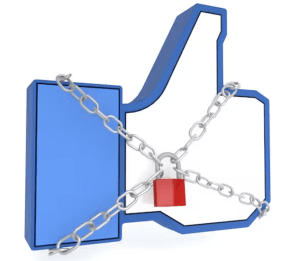


 Soon after Ozempic hit the market, surveys and studies came out that showed those who used the drug also lost weight. People who took it lost an average of
Soon after Ozempic hit the market, surveys and studies came out that showed those who used the drug also lost weight. People who took it lost an average of 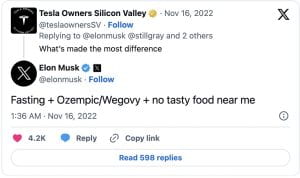 fasting, no tasty food, and Ozempic/ Wegovy (a drug very similar to Ozempic), as the reasons he shed almost 30 pounds.
fasting, no tasty food, and Ozempic/ Wegovy (a drug very similar to Ozempic), as the reasons he shed almost 30 pounds. 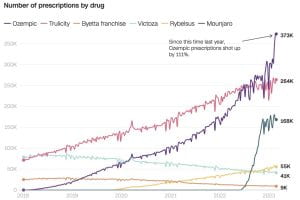
 viral is
viral is 
 The one key difference between the OxyContin epidemic and the issues with Ozempic today is that in the early 2000s,
The one key difference between the OxyContin epidemic and the issues with Ozempic today is that in the early 2000s, 





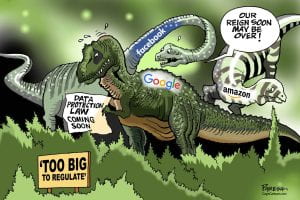

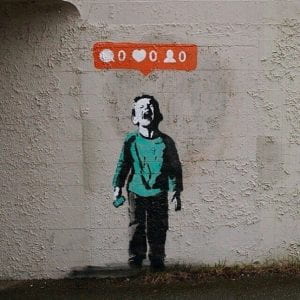
 Children, however, are
Children, however, are 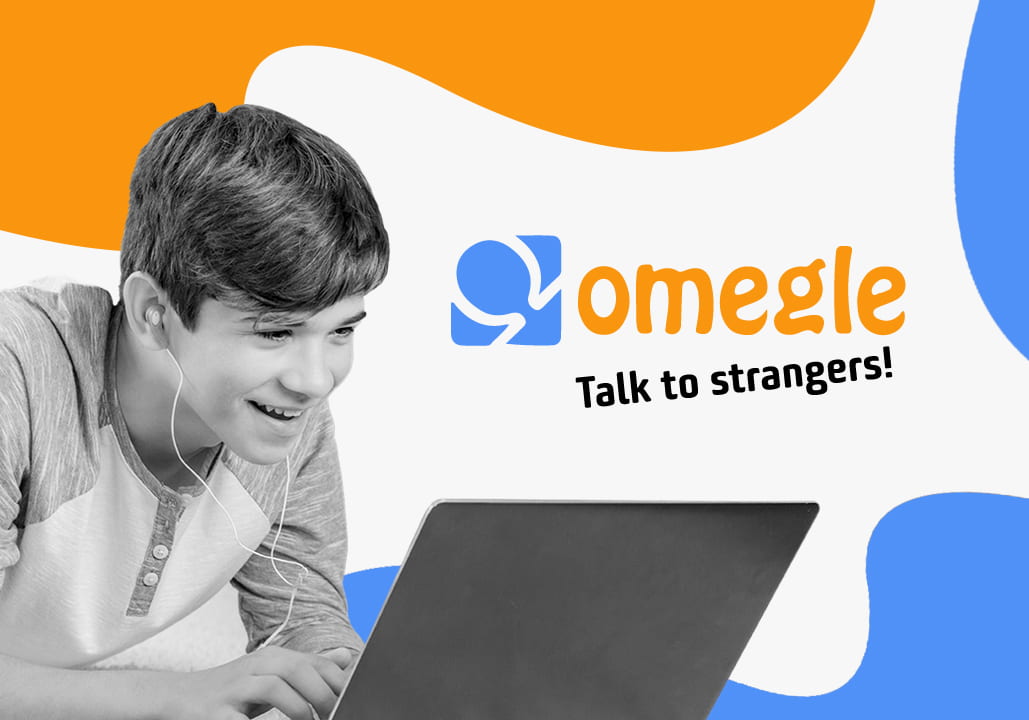
 Omegle is a free video-chatting social media platform. Its primary function has become meeting new people and arranging “
Omegle is a free video-chatting social media platform. Its primary function has become meeting new people and arranging “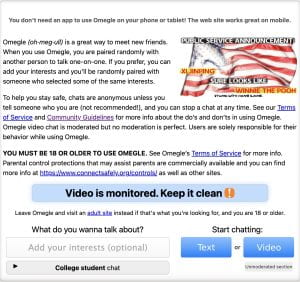
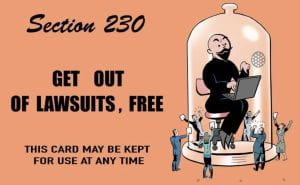
 found that Section 230 immunity did not apply to Omegle in a
found that Section 230 immunity did not apply to Omegle in a 
 The
The 





 demand. This conduct is not illegal, but it negates the potential revenue these industries may obtain. Such a solution was, is, and consistently will be recognized as legal activity.
demand. This conduct is not illegal, but it negates the potential revenue these industries may obtain. Such a solution was, is, and consistently will be recognized as legal activity. 
 Deficit Hyperactivity Disorder (“ADHD”) is an example of a condition that social media has jumped on. #ADHD has
Deficit Hyperactivity Disorder (“ADHD”) is an example of a condition that social media has jumped on. #ADHD has /cdn.vox-cdn.com/uploads/chorus_asset/file/23973837/adhd_ads.jpg)